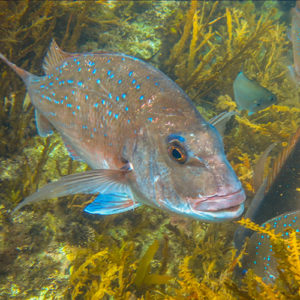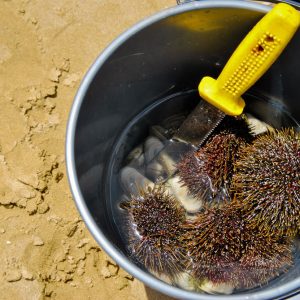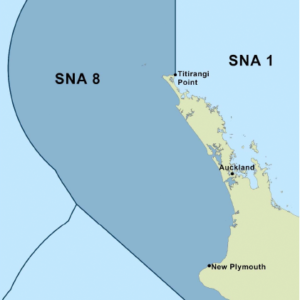Since the beginning of the year there have been five meetings of the multi-stakeholder Snapper 1 Strategy Group. Our recreational representatives are ready to discuss the important issues of management targets to increase overall biomass in Area 1, but it is slow going.
Increasing biomass means having a thriving population of more and bigger fish. It also presents an opportunity to restore the marine ecosystem between North Cape and the eastern Bay of Plenty.
“A higher biomass also means better fishing and diving.”
LegaSea
LegaSea is keen to have snapper and our other inshore species managed at the biomass (stock) level called B40. That is rebuilding our fisheries to a level that equates to 40% of the estimated unfished stock size. That is about double what we currently have in Snapper 1.
And to be meaningful the rebuild needs to occur in a reasonable timeframe.
The Ministry for Primary Industries has a Harvest Strategy Standard that outlines acceptable timeframes, depending on the species and state of the stock.
Bay of Plenty snapper
Snapper 1 is divided into three sub-stocks, East Northland, Hauraki Gulf and Bay of Plenty. The BOP sub-stock is estimated to be below 10% of its unfished size. If this sub-stock were managed on its own it would be classified as being below the ‘Hard Limit’.
In the Strategy the Ministry describe the limits as:
- “Hard limit – if this is breached, fisheries will be considered for closure until the stock has rebuilt to at least the level of the soft limit with an acceptable probability (70%)”.
- “Soft limit – if this is breached, a formal, time-constrained, rebuilding plan is to be implemented.”
So far no formal management actions are directed to rebuilding the Bay of Plenty snapper fishery even though it is below 10%.
For Bay of Plenty fishers (and many other areas around the country) the simple, most immediate remedy would be to shift trawlers out, well past the breakers. Doing this would address local concerns about the extent of inshore trawling, the damage caused to fish stocks, nursery grounds and the seabed.
To date, locals’ complaints have fallen on deaf ears. Given that the fishery is below the Ministry’s hard limit, the ongoing community concerns and the willingness of people to conserve fish for future generations, now is the time to be actively rebuilding our fisheries to abundant levels.





